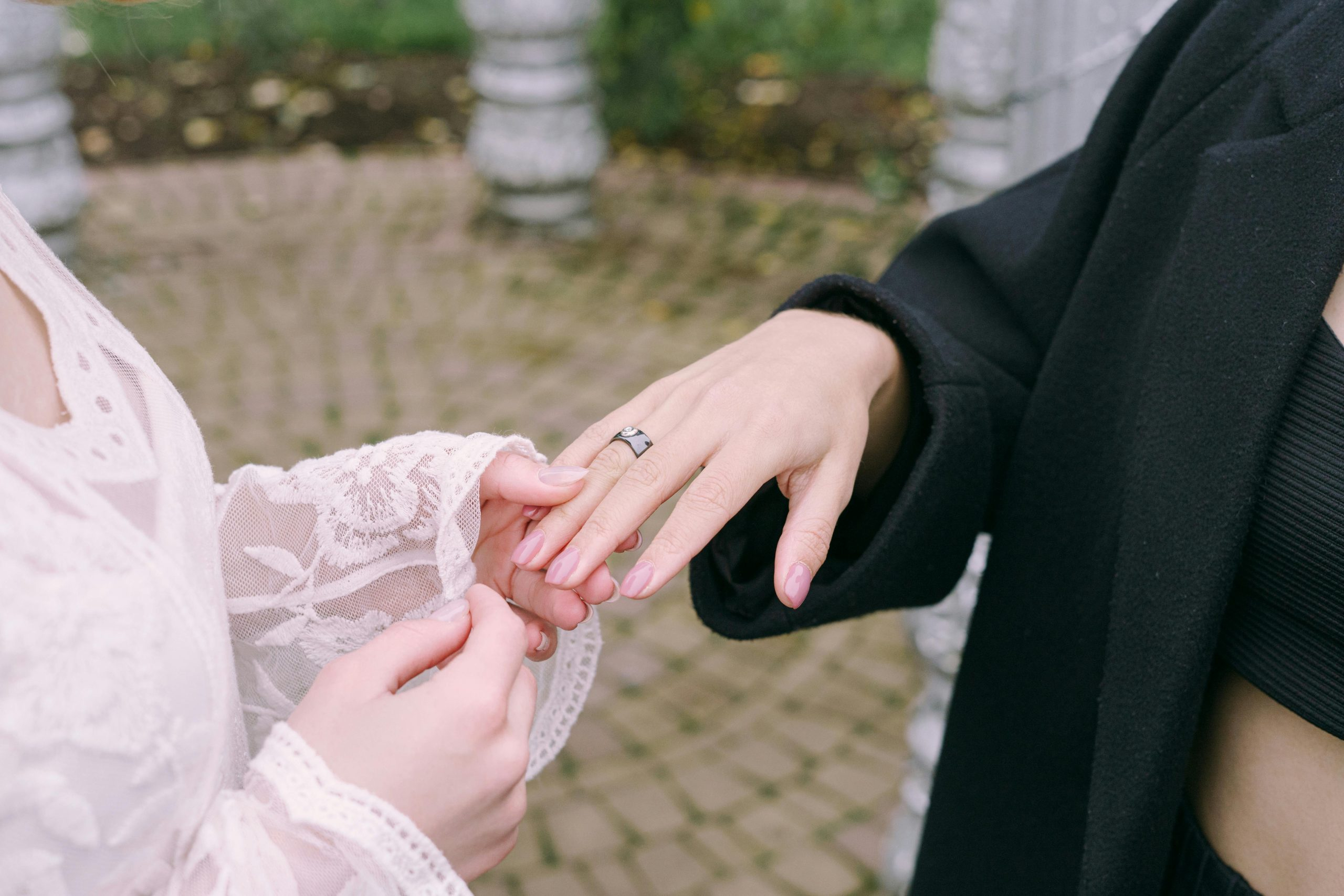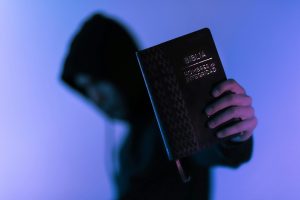A deep dive into the evolution of wedding dress fashion
Wedding dresses have been an integral part of the wedding ceremony for centuries. Through the years, we have seen a great evolution in wedding dress fashion, from traditional gowns to more modern and unconventional styles. This evolution has been influenced by societal and cultural changes, as well as fashion trends. In this article, we will take a deep dive into the evolution of wedding dress fashion, exploring its history, major milestones, and the impact it has on the wedding industry today.
The Early Years: Traditional Wedding Dresses
Weddings have always been seen as a sacred and significant event, symbolizing the joining of two lives. In ancient times, wedding ceremonies were elaborate affairs, and wedding dresses played a crucial role in them. In many cultures, brides were expected to wear dresses in colors that symbolized their family’s wealth or social status. For instance, in ancient Rome, brides wore a yellow or orange veil to represent the flame of Vesta, the goddess of household and home. In China, red was the most popular color for wedding dresses as it was believed to bring luck and happiness to the couple.
However, it was Queen Victoria’s wedding in 1840 that truly shaped the direction of wedding dress fashion. Her gown, made of white satin and lace, kick-started the trend of white wedding dresses. This color was seen as a symbol of purity and innocence, making it a popular choice for brides worldwide.
The Roaring Twenties: Bringing Glamour to Wedding Dresses
With the onset of the 1920s, the fashion industry saw a dramatic shift towards opulence and glamour. This era was known for its extravagant parties and luxurious lifestyles, and wedding dresses were not spared from this trend. The iconic “flapper” style, characterized by short hemlines, dropped waists, and intricate beadwork, became a popular style for wedding dresses. Brides also started incorporating headpieces, such as feather headbands and cloche hats, into their wedding day look.
During this time, Coco Chanel revolutionized the wedding dress industry by introducing the “little white dress,” a shorter and more practical alternative to the traditional floor-length gown. This style was especially popular among second-time brides who wanted a more understated look.
Post World War II: The Rise of Modern Wedding Dresses
The Second World War had a major impact on wedding dress fashion. With fabric rationing and economic struggles, brides were forced to be more creative with their wedding dresses. This led to the rise of simple, yet elegant styles. In the 1950s, Christian Dior’s New Look revolutionized wedding dress fashion with its full skirts, tight waists, and sweetheart necklines. This style was seen as a symbol of hope and prosperity after the war.
In the 1960s, fashion icons such as Audrey Hepburn and Jackie Kennedy popularized the chic and sleek look, which had a major influence on wedding dresses. Brides started opting for simpler, less traditional dresses, with clean lines and minimal embellishments.
The 21st Century: Where Anything Goes
The turn of the century saw a significant shift in wedding dress fashion. The rise of social media and celebrity weddings exposed brides to a variety of different styles, making them more open to experimenting with their wedding dresses. This led to the rise of unconventional wedding dresses, such as jumpsuits, separates, and even colored gowns.
Moreover, the rise of sustainable and ethical fashion has also influenced wedding dress fashion. Brides are now opting for more eco-friendly and affordable options, such as renting their wedding dresses or choosing vintage gowns.
The Future of Wedding Dress Fashion
Wedding dress fashion is constantly evolving, with new trends emerging every year. However, with the current global situation, the wedding industry has been forced to adapt and find innovative ways to celebrate love. This has led to a rise in virtual and intimate weddings, which have also influenced wedding dress fashion. Brides are now opting for more comfortable and versatile dresses that can be worn for both virtual and in-person ceremonies.
In Conclusion
The evolution of wedding dress fashion has been a reflection of the societal and cultural changes throughout history. From traditional gowns to modern and unconventional styles, wedding dress fashion has come a long way. As we look towards the future, we can expect to see more diverse and inclusive styles, reflecting the ever-changing landscape of society. However, one thing is for sure, the wedding dress will continue to hold a timeless and special place in the heart of every bride.










